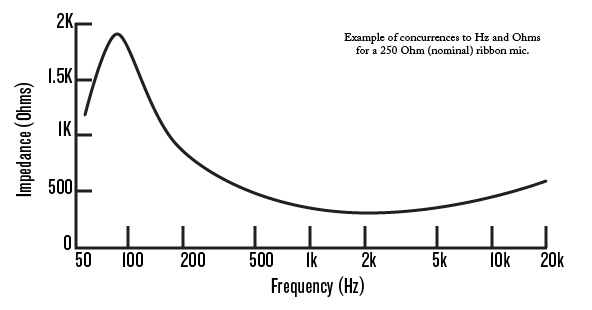Winston OBoogie
Well-known member
Older thread now -
The Cardas bulk twin shielded cable I've used in the past is now unavailable so I've just received some Grimm Audio TPR cable which I ordered based purely on the recommendation I saw on Marik's Samar Audio site. It's not particularly cheap, but neither was the Cardas.
We'll see
The Cardas bulk twin shielded cable I've used in the past is now unavailable so I've just received some Grimm Audio TPR cable which I ordered based purely on the recommendation I saw on Marik's Samar Audio site. It's not particularly cheap, but neither was the Cardas.
We'll see














